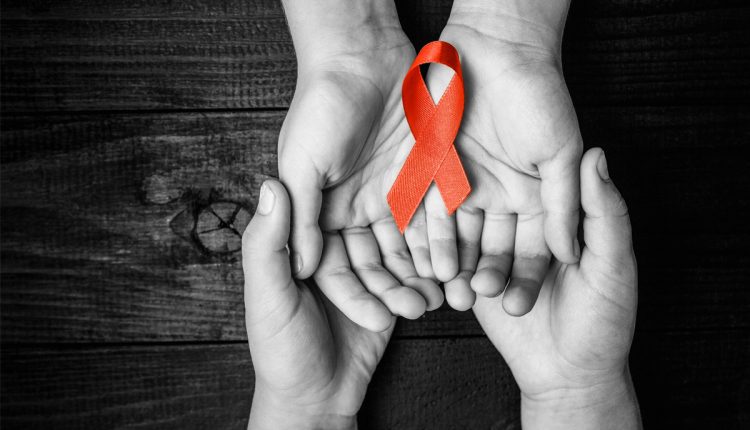
AIDS in Children – Problems, Prevention and Prognosis
Children are usually victims to the careless behavior of others, which makes their stories even more painful.
AIDS remains a taboo subject in many parts of the world and the general public often associates the disease with drug addicts and sex workers, who acquired the disease due to their own careless behaviors.
But what about the children who test positive for HIV? They can’t be blamed for sharing needles or having unprotected sex. They are usually victims to the careless behavior of others, which makes their stories even more painful.
Statistics show that between the years of 1990 and 2000, there was a global rise in the incidence of AIDS in children. This resulted from the AIDS epidemic involving pregnant mothers who would pass on the disease to their unborn child.
Another reason for children getting infected with HIV was negligence of hospitals.
In 2012, over 200 children in Kyrgyzstan were infected with HIV as a result of doctors not following precautions during medical procedures.
More recently, around 128 cases of HIV affectees were reported in Larkana, Sindh, including as many as 22 children. According to reports, the current outbreak of HIV-positive cases was because quacks in the district reused syringes for patients.
A lot of research and development has been done to find a cure for this disease. The drug for AIDS, called Anti-Retroviral (ARV), has improved considerably over the last decade. Two million HIV infections in children were prevented between 2000 and 2017 by providing ARVs to pregnant women and educating healthcare institutions about transmission precautions.
Related: Giving AIDS Drugs During Breastfeeding Can Prevent Mother-To-Child Transmission
Because once a child gets infected with this virus, it is the end of a normal childhood and the beginning of physical, mental and social turmoil which can last a lifetime.
AIDS or Acquired Immunodeficiency Syndrome weakens the immune system of the body, which makes the patient vulnerable to all kinds of diseases. Childhood illnesses like chicken pox or measles affect many children, but for HIV positive children these infections are more severe, last longer and are less responsive to treatment.
Although ARV treatment for adults with AIDS is easily available and is able to control the disease in the majority of cases, children with AIDS have more challenges to face with regard to medicines:
Lack of specialized pediatricians
As children grow faster than adults, their body metabolism is constantly changing and therefore the drug dosages have to be adjusted accordingly. Not every pediatrician is qualified to do this which is often the reason behind unsuccessful treatment regimens.
Financial constraints
HIV positive children usually belong to households with low socio-economic status and therefore the financial burden of treatment is often too much to bear leading to non-compliance of medicines and further progression of disease.
Loss to follow-up
Adults are more receptive to the importance of compliance with their medicines and understand the consequences of non-adherence. Children on the other hand, depend on their caregiver, who in the majority of cases are sick themselves.
The clinical complications of AIDS in children are physically debilitating, but the social stigma attached with HIV is often more injurious to the wellbeing of the child. They are robbed of their childhood as other children are not willing or not allowed to play with them.
The one and only way of improving this dismal condition is by educating and empowering the population. Awareness campaigns should focus on high-risk communities and educate them about HIV transmission and prognosis. HIV positive children should be given special consideration to ensure they have access to appropriate treatment as well as an appropriate social support network.
Children are disproportionately affected by the HIV epidemic. This patient population needs special attention as the challenges they face are different from others. It is only by educating not just the patient, but the entire community, that we will be able to provide the physical, mental and social foundation which is essential for a child’s proper development.

